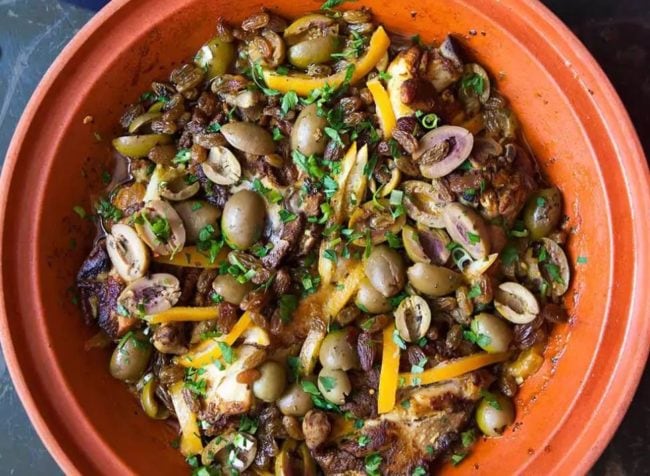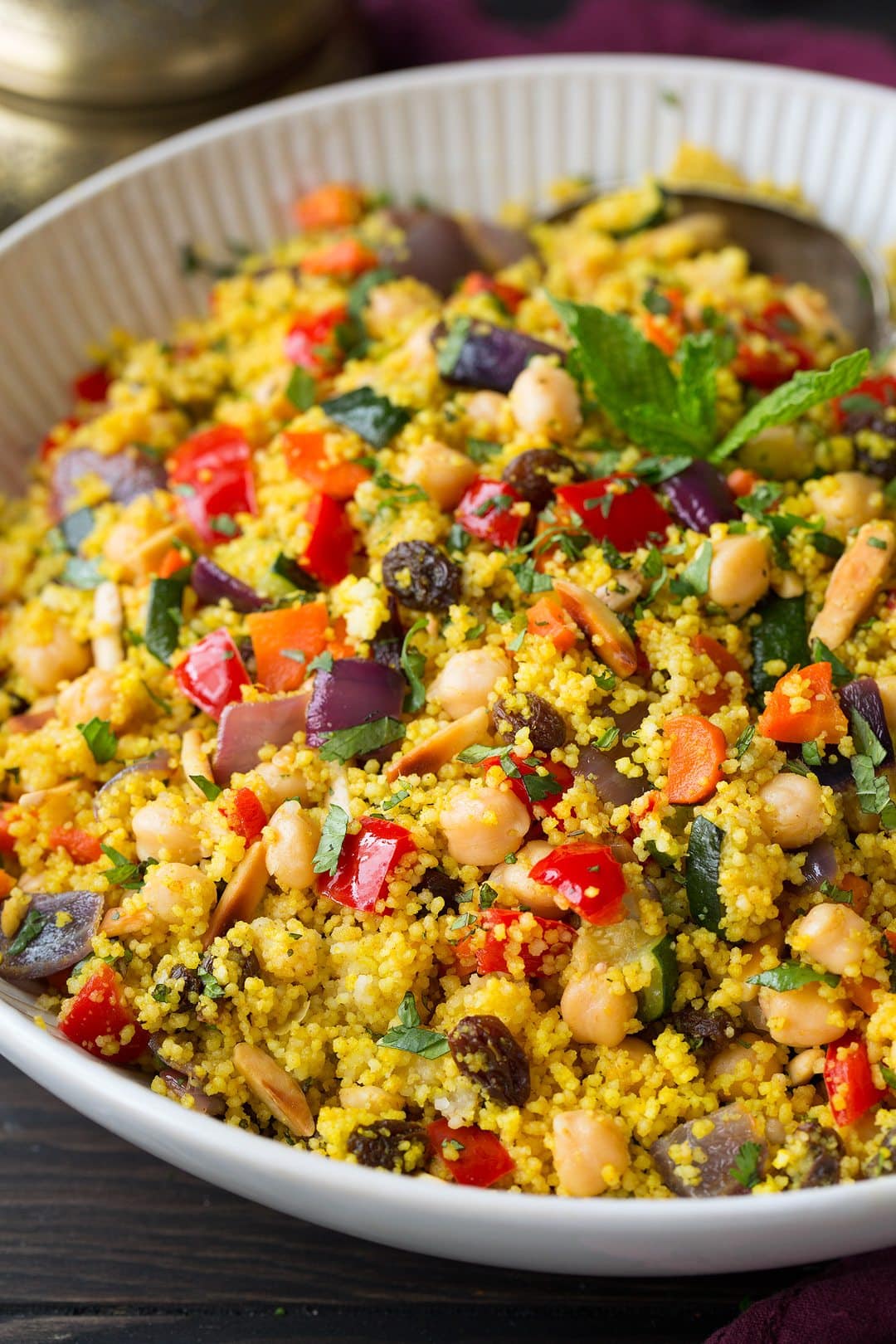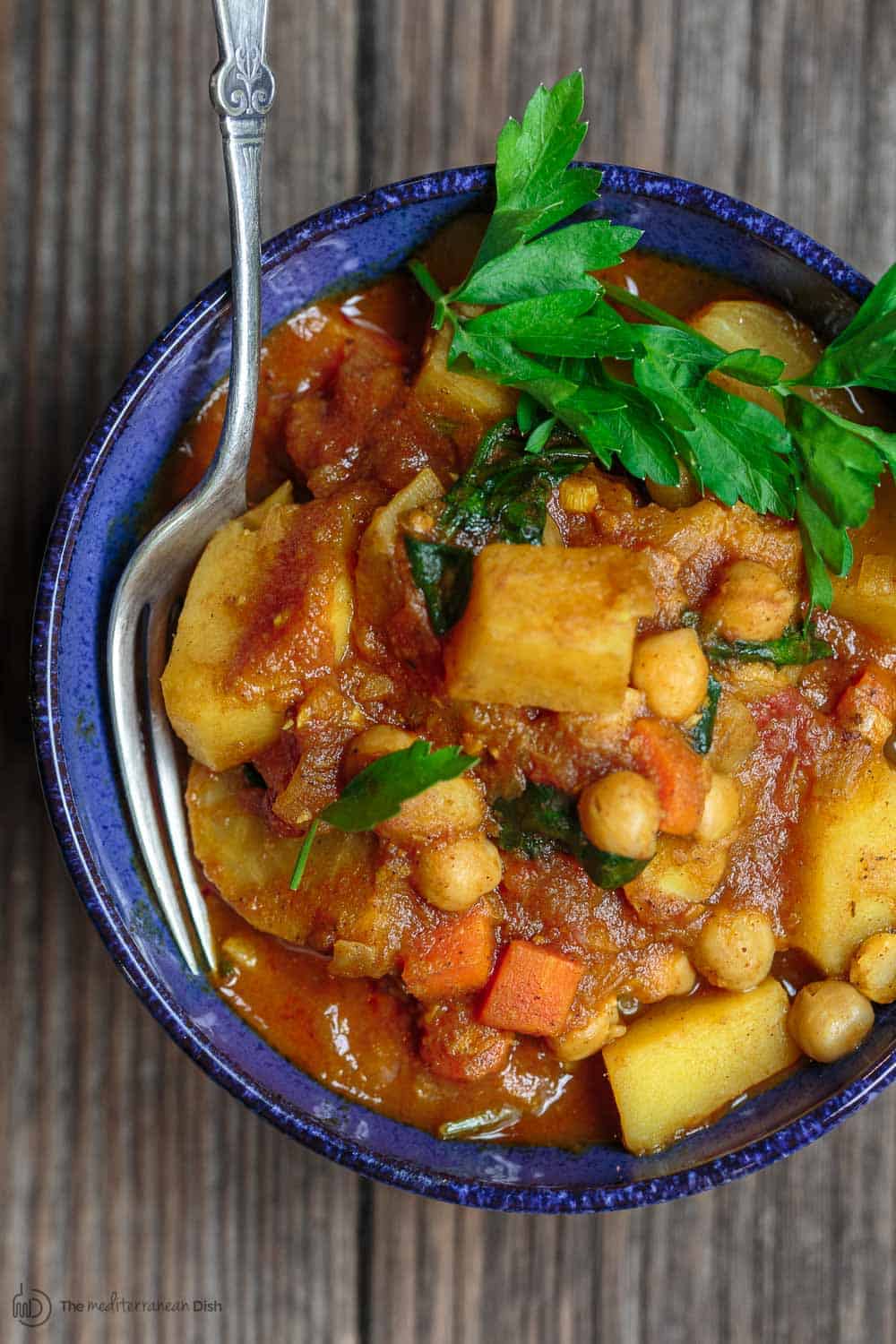Explore Exciting Mediterranean Food in Las Vegas with a Modern Twist
Mediterranean Food: A Flavorful Journey Via Tradition and Preference
Mediterranean food offers as an impressive intersection of tradition and taste, attracting from a varied variety of cultures that cover continents. The extensive tastes and health and wellness advantages connected with the Mediterranean diet regimen have actually garnered worldwide appreciation, yet beneath its surface exists an intricate story of historic impacts and local specializeds that necessitate more expedition.
Origins of Mediterranean Cuisine
The origins of Mediterranean food are deeply rooted in an abundant tapestry of background, geography, and cultural exchange. This culinary tradition arises from an area specified by its diverse landscapes, including coastlines, mountains, and abundant levels, which have actually influenced its farming techniques and food manufacturing. The Mediterranean Basin, encompassing countries such as Italy, Greece, Spain, and Turkey, has actually been a crossroads of worlds for centuries, where trade routes facilitated the exchange of active ingredients, strategies, and culinary ideologies.
Old societies, including the Greeks and Romans, dramatically shaped Mediterranean foodways, stressing the value of fresh, seasonal fruit and vegetables and common dining. The spread of agriculture, particularly the farming of olives, grains, and grapes, laid the structure for meals that remain staples today. The influence of different conquerors and investors, such as the Moors and Ottomans, presented new tastes and cooking designs, even more improving the cuisine.
Today, Mediterranean food is celebrated not only for its taste and variety but likewise for its focus on healthful consuming, symbolizing a well balanced method to nourishment that continues to attract global tastes. This historical interaction of active ingredients and cultures forms the essence of what we currently recognize as Mediterranean food.
Key Components and Tastes
Mediterranean cuisine is characterized by a vibrant variety of vital ingredients and flavors that show the area's farming bounty and social heritage. Central to this culinary tradition are fresh vegetables, fruits, and natural herbs, which supply vibrant tastes and vital nutrients. mediterranean restaurant las vegas. Staples such as tomatoes, eggplants, olives, and bell peppers are often featured, showcasing the area's varied environment and dirt
Olive oil, usually concerned as the backbone of Mediterranean cooking, imparts richness and depth to dishes. It is matched by a range of spices and herbs, including garlic, oregano, and basil, which boost the flavors of meats, fish and shellfish, and grains. Grains, specifically wheat and rice, function as basic parts, with meals like couscous and pasta being staples across the region.
Furthermore, vegetables such as lentils and chickpeas not only offer protein however also add to the food's robustness. The usage of dairy products, particularly yogurt and feta cheese, adds creaminess and flavor. Ultimately, fish and shellfish, plentiful in coastal locations, functions prominently, with fresh fish and shellfish providing a taste of the sea. Jointly, these active ingredients develop a harmonious equilibrium that specifies Mediterranean cuisine.
Regional Specialties and variants
Varied local variants and specialties characterize Mediterranean food, reflecting the distinct cultural impacts, geography, and history of each area. In the seaside regions of Italy, for example, fish and shellfish reigns supreme, with recipes like Sicilian caponata showcasing a blend of eggplant, olives, and capers. On the other hand, Greece is renowned for its use feta cheese, olives, and fresh herbs, evident in traditional preparations such as moussaka and spanakopita.
The Levantine countries, consisting of Lebanon and Syria, emphasize the usage of grains and flavors, with specializeds like tabbouleh and kibbeh taking spotlight. North Africa, particularly Morocco, attracts attention for its aromatic tagines and couscous, often enriched with dried fruits and a rich variety of flavors.
In contrast, the Iberian Peninsula highlights making use of treated meats and vibrant tastes, with Spanish paella and Portuguese bacalhau exhibiting the region's culinary diversity.
Each Mediterranean area not only commemorates its neighborhood active ingredients but also shows the historic trade courses and cultural exchanges that have actually formed its food society, producing a dynamic tapestry of flavors that mesmerizes the taste.
Food Preparation Strategies and Designs
Food preparation techniques and designs in Mediterranean cuisine are as varied as the regions themselves, usually reflecting available components and regional traditions. The heart of Mediterranean cooking hinges see this website on its simplicity, where fresh produce, natural herbs, and olive oil take spotlight. Strategies such as barbecuing, roasting, and sautéing are typically employed, permitting the all-natural tastes of the ingredients to shine.
Cooking, widespread in seaside locations, instills fish and shellfish and meats with a great smoky richness, while roasting, particularly between East, improves the sweetness of root veggies and meats. Sautéing, commonly made use of in Spanish and italian meals, provides a fast method to bring out the splendor of garlic and onions, functioning as a structure for numerous sauces.
Stewing is one more crucial strategy, specifically in North African cuisines, where tagines simmer fragrant flavors and tender meats slowly, fusing tastes in time - mediterranean restaurant las vegas. Cooking, specifically in the context of bread and breads, holds a considerable place in Mediterranean culture, with each area boasting its very own specialties. Generally, these diverse food preparation approaches not only celebrate the components however likewise reflect the ingrained culinary heritage of the Mediterranean, making each recipe a testimony to its rich background

Health Benefits of Mediterranean Diet
Routinely recognized for its numerous wellness benefits, the Mediterranean diet stresses the usage of whole, minimally processed foods that promote total wellness. This dietary pattern is abundant in fruits, vegetables, entire grains, beans, nuts, and healthy and balanced fats, particularly olive oil, while encouraging modest intake of fish and chicken and restricting red meat and desserts.
Research study regularly connects the Mediterranean diet to a range of health and wellness benefits. Significantly, it has been connected with a decreased threat of heart diseases, greatly due to its focus on heart-healthy fats and antioxidants. The diet regimen is also thought to improve cognitive function and might decrease the danger of neurodegenerative conditions such as Alzheimer's.
Additionally, the Mediterranean diet regimen supports weight management via its concentrate on nutrient-dense foods that advertise satiation. The high fiber content from fruits, veggies, and entire grains aids digestion and aids maintain healthy and balanced blood sugar levels.
In enhancement to physical health, the Mediterranean diet plan promotes social well-being, as it motivates public meals and shared culinary experiences. On the whole, adopting this diet regimen is not only a path to boosted wellness but likewise a party of tastes, culture, and area.

Conclusion
In verdict, Mediterranean cuisine acts as a rich tapestry of practice and taste, showcasing varied regional flavors and ingredients. The focus on fresh fruit and vegetables, olive oil, and aromatic herbs not just enhances culinary experiences yet also advertises countless wellness benefits. By accepting classic cooking methods and fostering common dining, this cooking heritage remains to inspire and link individuals across societies, strengthening its status as a treasured and significant component of worldwide gastronomy.

Food preparation methods and designs in Mediterranean cuisine are as varied as the areas themselves, often showing offered components and neighborhood traditions.In verdict, Mediterranean cuisine offers as a rich tapestry of practice and preference, showcasing diverse local tastes and special info ingredients.